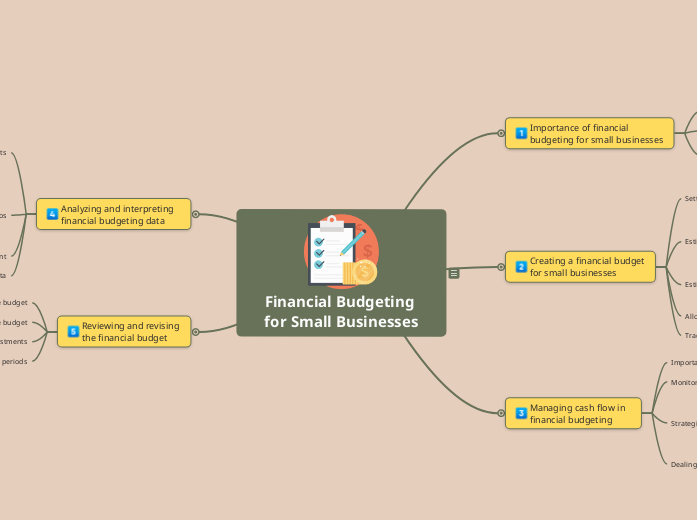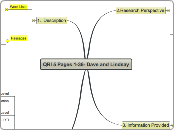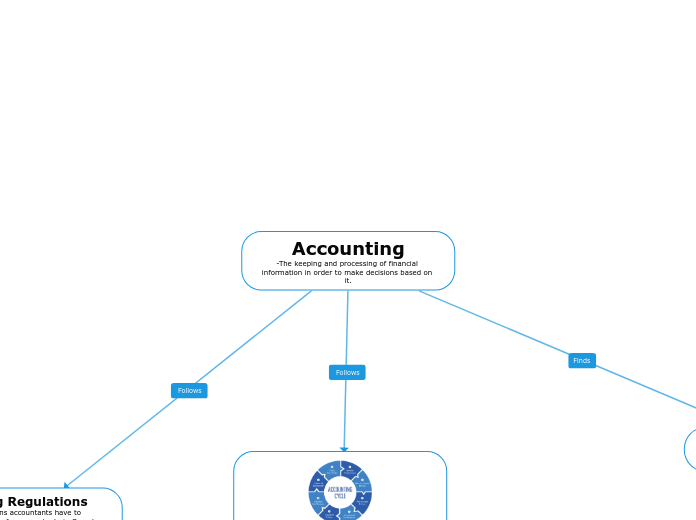Financial Budgeting for Small Businesses
Note: Since the language of the input cannot be identified, the outline response is provided in English.
Reviewing and revising the financial budget
Revising the budget for future periods
Making necessary adjustments
Identifying deviations from the budget
Regularly reviewing the budget
Analyzing and interpreting financial budgeting data
Making informed financial decisions based on data
Identifying areas of improvement
Key financial ratios
Current ratio
Return on investment
Profit margin
Understanding financial statements
Cash flow statement
Balance sheet
Income statement
Managing cash flow in financial budgeting
Dealing with cash flow gaps
Strategies for improving cash flow
Negotiating better terms with suppliers
Increasing sales
Reducing expenses
Monitoring cash inflows and outflows
Importance of cash flow management
Creating a financial budget for small businesses
Tracking and adjusting the budget
Allocating funds for contingencies
Estimating expenses
Variable expenses
Fixed expenses
Estimating revenues
Other sources of revenue
Sales forecast
Setting financial goals
Long-term goals
Short-term goals
Importance of financial budgeting for small businesses
Challenges of financial budgeting for small businesses
Benefits of financial budgeting for small businesses
Overview of financial budgeting









